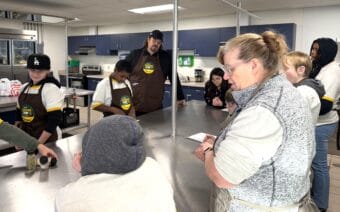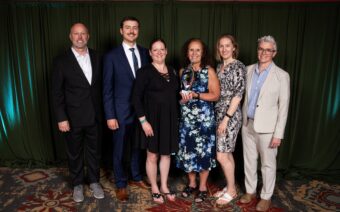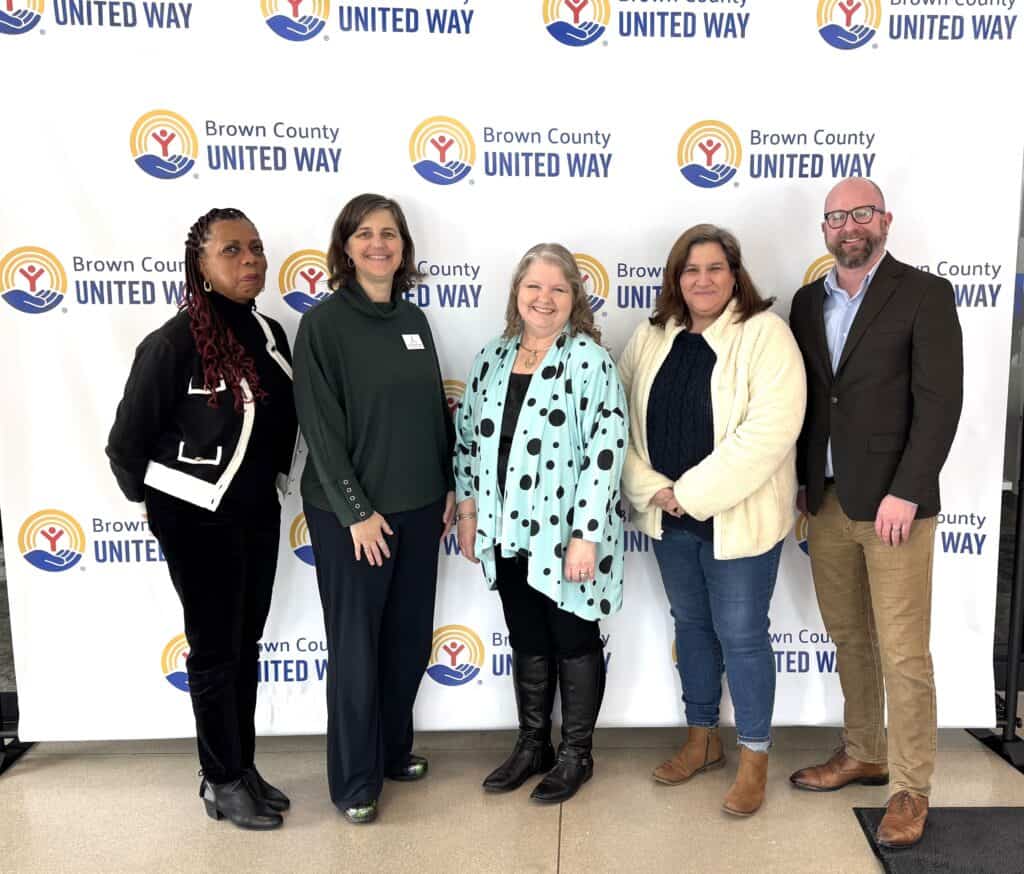
February 24, 2025
GREEN BAY – A partnership between Brown County United Way, Family & Childcare Resources of N.E.W and the City of Green Bay is helping make child care more accessible for families in the Greater Green Bay area.
Robyn Davis, president/CEO of Brown County United Way (BCUW) – a nonprofit that, according to its website (browncountyunitedway.org), “unites people, ideas and resources to co-create community solutions that strengthen every person and every community in Brown County” – said her organization’s Advocacy Council “identified child care” as a priority area during the COVID-19 pandemic as families struggled with accessibility issues.
“It is a priority and a major concern for families and the workforce,” she said. “It remains a significant challenge to many in our community, across our state, as well as across the country.”
During that time, Davis said BCUW invested $50,000 for the training of diverse individuals to work in the childcare sector.
“From there, we were invited by the City of Green Bay to present a proposal offering some more innovative solutions to meet the demand for childcare and specifically accessibility,” she said.
After presenting that proposal, Davis said the City Council awarded BCUW $100,000 of ARPA (American Rescue Plan Act) funds to address the growing need for child care in Green Bay.
Jamie Tramte, early childhood manager of Family & Childcare Resources of N.E.W (FCRNEW) – “a childcare resource and referral agency” – said the organization began receiving those dollars in April 2023.
“We supported both family and group providers in their regulation process and their journey,” she said. “We worked with about 25 different providers, which was a lot. Usually, our average on a yearly basis is about eight to 10, so (we did) more than double what we would normally do.”
Now, nearly two years after receiving those funds from the City of Green Bay, BCUW and FCRNEW are celebrating:
- The creation of seven newly regulated family childcare providers
- The addition of two certified family providers transitioning to licensed status
- One group center expansion
- One new group center opening in the spring
- Two additional group center expansions expected in 2025
- Four family providers entering the pre-licensing process
These developments and expansions, Tramte said, resulted in 226 new and in-progress childcare slots for families in the city and surrounding areas.
“(With) the dollars we had, we were able to support providers in things like completing their required entry-level classes, putting fencing around their outdoor play spaces, creating safe sleep environments for young children – including cribs, pack and plays, cots (and) blankets,” she said. “(We also provided) developmentally appropriate learning materials, and things like dishes and silverware that are child-sized for young kiddos and furniture – things like tables and chairs that are child-sized. All of that.”
Additionally, Tramte said the funds went to support the owners and providers who operate childcare businesses.
“We also provided some technology for providers,” she said. “A family childcare provider isn’t just taking care of kiddos – they also are running a small business, and many times they need that technology to provide the best care that they can for their families.”
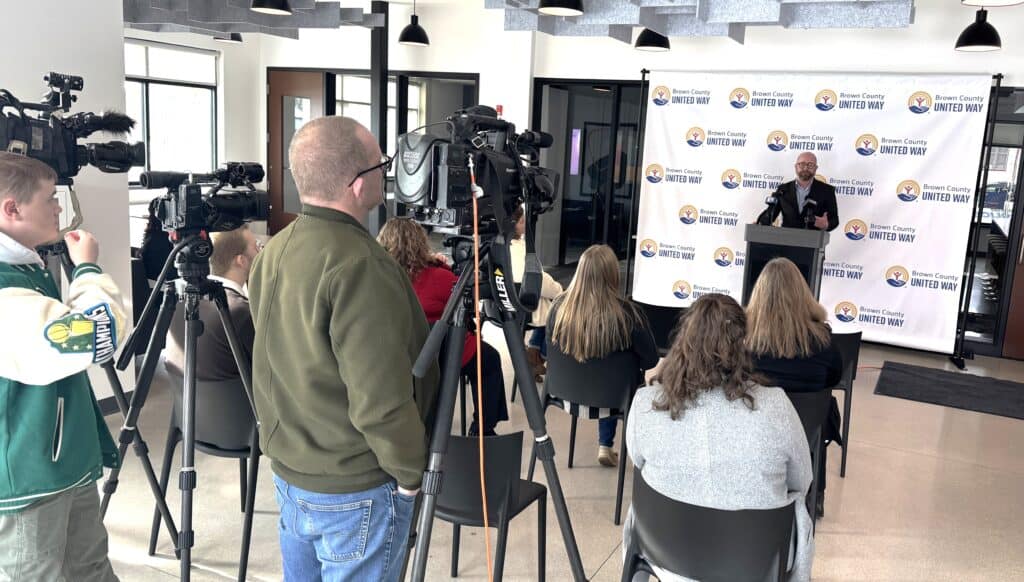
At a recent press conference celebrating the impact Green Bay’s ARPA funds had on the expansion of child care in the city, Tammy Ullmer – owner of Tammy’s Tots LLC – said the dollars “really came in handy” as she worked to bolster her in-home childcare service.
“It allowed me to be able to stock my (home) with quality pieces of furniture that were long-lasting so that all of my children are able to enjoy these things that will last (as they age),” she said.
Having that new equipment, Ullmer said, helps relax parents who entrust their children’s safety with her.
“It gives them peace of mind, knowing that their kids are going to be in a safe place with quality things,” she said. “They don’t have to worry about the cribs breaking down or anything like that. All of the bibs, blankets, silverware, dishes and everything that I have for them is all brand-new. So it does help parents relax, and it makes a good impression. Without these dollars, I wouldn’t have been able to do what I did and (have it) how it turned out. I’m very appreciative.”
‘A dire need’
Green Bay Mayor Eric Genrich – who was also present at the aforementioned press conference – said typically, the city is not in a position to financially assist organizations, such as BCUW and FCRNEW, in their efforts to address the need for accessible child care.
“This is not something the city has historically done and maybe might not (be able to) do in the future,” he said. “But we had this unique opportunity with the ARPA dollars coming to the city, and we felt like this was the right time, given the disruption that was occurring within the childcare space as a result of COVID and the recovery. This was just a dire need, and continues to be a significant need within the community.”
As a former state legislator, Genrich said he hopes what the City of Green Bay has done to support increased access to child care can serve as an example to state and federal level policymakers that public and private partnerships can produce “some pretty amazing results.”
“This is a really important policy space for our state legislators, our governor and our federal representation to play a more significant role in the future,” he said. “We are not going to have these dollars in the future. We took advantage of what we had to pilot this experience and to demonstrate that with a relatively modest sum of money, you can break down some of these barriers (for) people who are interested in becoming childcare workers or being small business owners themselves operating these childcare businesses.”
As a father and a community member, Genrich said he recognizes the societal importance of safe, reliable and accessible child care.
“The average everyday citizen, and as a father myself, we value child care, literally – monetarily, but emotionally as well,” he said. “My kids are 12 and 14 now, but you think back on those earlier days and the tremendous childcare providers who were their first teachers… We as individuals, value what’s being done every day in our communities by these childcare providers, and we’re looking for policies that reflect the value that our citizens place on that work.”
Multifaceted problem
Genrich, Tramte and Davis all said the issue of childcare accessibility is two-sided – one dealing with the supply, the other dealing with the cost.
“It’s really important to deal with the affordability issue – which we have established programs to handle that,” Genrich said. “In my opinion, we need more investment in those programs, but the other piece of it is supply.”
To combat the lack of supply, Genrich said funding, like from ARPA and programs supported by organizations like BCUW and FCRNEW, are becoming increasingly important to help providers and prospective providers bridge the gap between wanting to provide child care and actually being able to do so.
“(Potential providers may think) ‘I’m home with my kids, I would like to invite additional children into my home to offer child care to them, but I don’t really know how to go through the licensing process, and I don’t have a fenced in yard,’” he said. “So to offer some programs that knock down those barriers, to increase the supply of especially people that are offering child care within their homes, I feel like is a really important area of investment that really hasn’t been recognized at the state or federal level.”
Tramte said family based, or home-based childcare providers, “tend to be more culturally responsive” to the evolving needs of parents and families in their area.
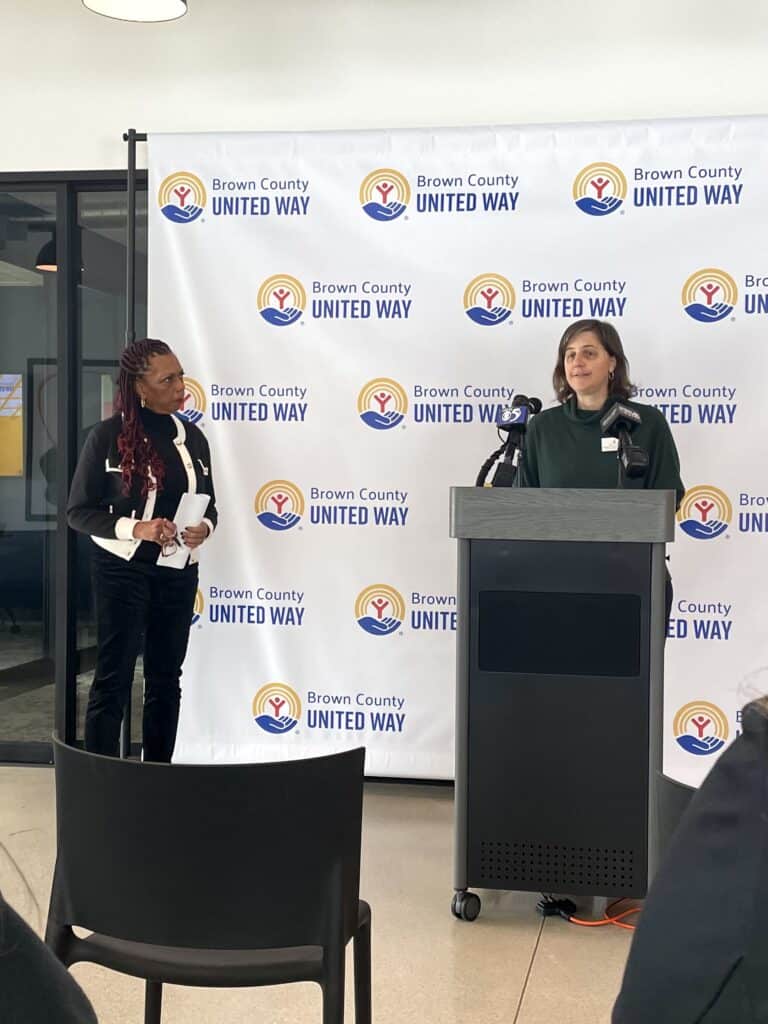
And, in terms of programs to help alleviate the financial burden of paying for child care, Tramte said to check back with FCRNEW “next year when we talk about some funding that we’ve received to support that as well.”
“I think the big challenge has been the number of slots that we’ve had available,” she said. “Just being able to access quality care has been a huge struggle for families.”
A specific area of families Davis said BCUW targets for support are ALICE households.
ALICE – according to BCUW’s website – stands for “asset limited, income constrained, employed,” and Davis said households who fall under those categories typically experience increased struggle to provide for their families overall.
“When we look at the reasons why families struggle, child care is a large percentage, along with housing and food,” she said. “So, if you can’t afford child care, you can’t get to work, right? And so, it’s this cycle that many of our families struggle with… Not only the accessibility but the affordability.”
Davis said addressing the lack of childcare slots assists in providing families with more options – not just in terms of locations but price as well.
“There is a significant cost and opening up slots reduces the wait list, especially for infants and toddlers, and it also provides families with options and different price points,” she said.
A long-standing, ‘exacerbated’ issue
The lack of accessible and affordable childcare, Davis said, has been a challenge within the country and communities in Brown County for quite some time.
“The pandemic simply exacerbated what has long been a challenge,” she said. “So, it was a challenge before the pandemic. It was exacerbated, and it remains a challenge.”
The recent expansion of child care in the Green Bay area, Davis said, doesn’t necessarily solve the problem, but provides a “proof of concept” for other organizations and governing bodies to look to when deciding how to tackle the issue in their own jurisdictions.
“We can wrap our heads around these (problems) when we bring the right partners to the table,” she said. “This can be done and with a modest amount of money. I never thought I’d say that about six figures, but it’s true. With a modest amount of money, we demonstrated that we can work toward a solution.”
Long wait lists for childcare slots, Tramte said, have been a problem families have faced “since the early 2000s.”
“We still are seeing programs with waiting lists, and I’m imagining we will continue to see that happen,” she said. “We also know that we have programs that are not staffed completely – group centers that may have capacity for 100 children, but are not able to enroll 100 children because they only have staff for 70 children. So, again, the childcare workforce is in danger, and this is just one way for us to help support that workforce.”
 For the ‘Love’ of kids, football and giving back
For the ‘Love’ of kids, football and giving back A new standard in electric refuse and recycling collection
A new standard in electric refuse and recycling collection



